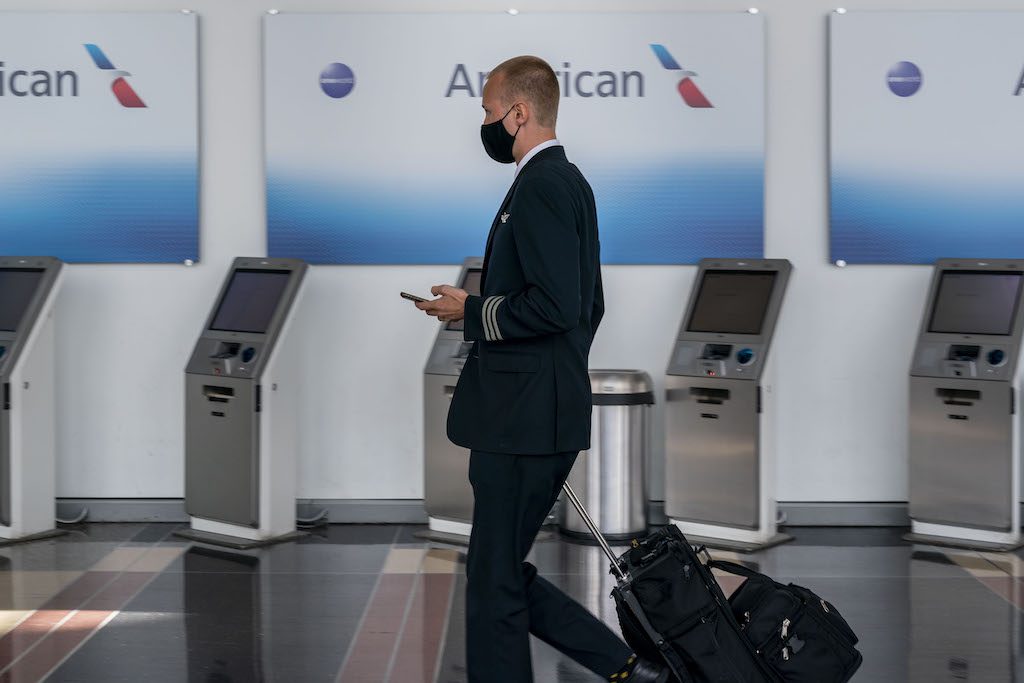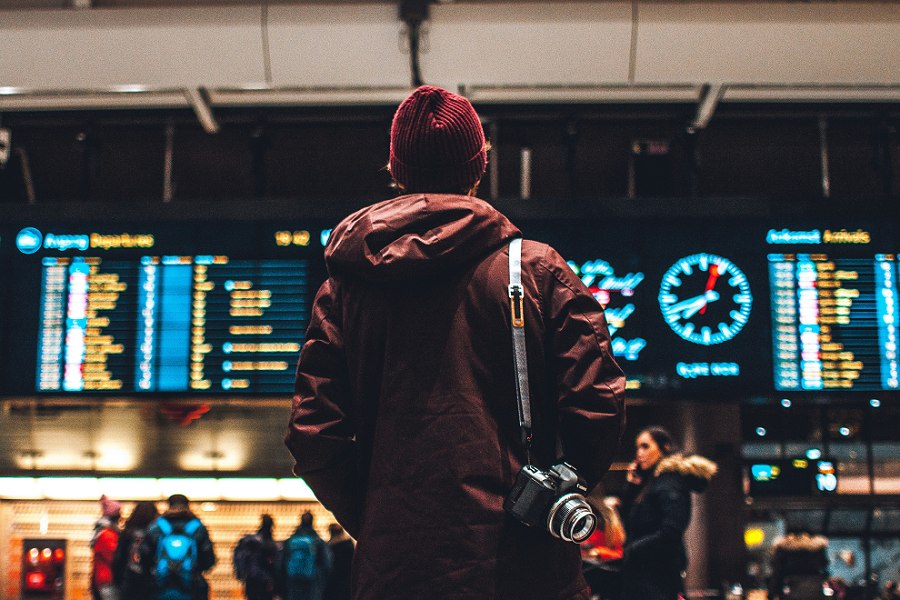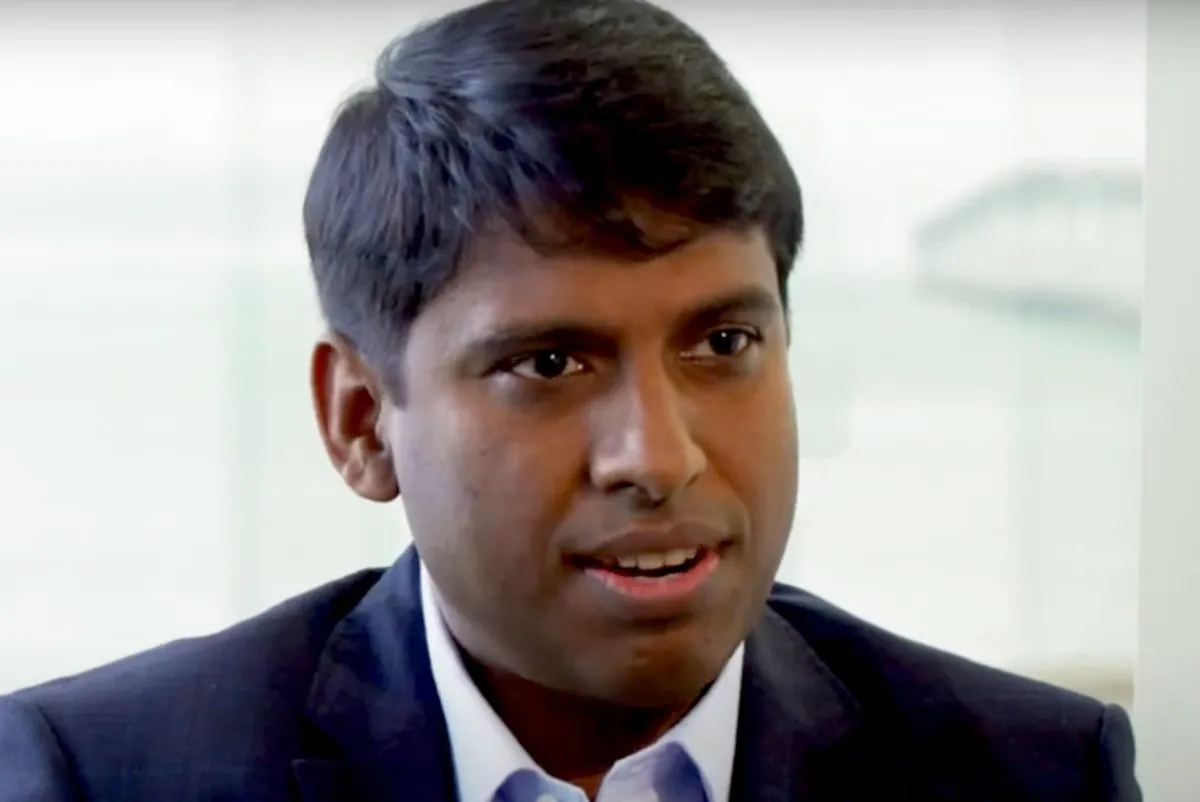5 Takeaways From Skift Aviation Forum

Skift Take
The road ahead for the airline industry could be bumpy, with the trajectory of the Covid-19 pandemic uncertain, the return of business travel unclear, a looming pilot shortage, and supply issues with the aircraft manufacturers. Still, executives at the second annual Skift Aviation Forum on November 17 expressed optimism that the industry has passed an inflection point and is poised to more fully recovery next year. Below are the five most important lessons we took from the conference.
The Recovery Remains Bumpy
The recovery is still not linear. Despite optimistic hopes that it was, executives from KLM, Lufthansa, and TAP Air Portugal all cited continued caution — especially with Covid-19 infections rising in Europe and the U.S. — as they look to 2022.
“The world is on its way to recovery,” said KLM CEO Pieter Elbers at the Skift Aviation Forum on Wednesday. But added that it is likely to be “stop and go” for some time to come. Both Elbers, and Swiss International Air Lines Commercial Chief Tamur Goudarzi Pour, cited the reopening of Singapore, Thailand, and the U.S. to vaccinated travelers as encouraging moves.
But airlines remain cautious. Schedule flexibility, both to add and remove flights, continues to be important in case countries re-introduce travel restrictions as Covid-19 cases rise. In Europe, new infections have risen since mid-October to more than 220,000 on November 17, European Centre for Disease Prevention and Control data show. Case counts have also been rising since late October in the U.S.
“I think for 2022, we need to be still very cautious,” said TAP CEO Christine Ourmières-Widener. While rising Covid case counts are one factor, government aid continues to limit what the airline can — or is willing — to do.
Regional Airlines Face a Pilot Shortage
The pilot shortage in the U.S., while temporarily eased by Covid-19 staffing reductions, is proving to be what some are calling a “gating factor” in the recovery. At the forum, the CEOs of both American Airlines and United Airlines acknowledged issues at their regional affiliates — the carriers that fly American Eagle and United Express flights — especially for ones flying small, single-class regional jets.
“Given all the accelerated [pilot] retirements that happened during Covid, and the fact that most airlines — including us — are growing a lot on the other side, the pilot shortage is now real,” said United CEO Scott Kirby. “We don’t have enough pilots to fly all the airplanes. So the 50-seaters are at the bottom of that pile, and markets that rely on 50-seaters are the ones that are going to lose service.”
The Chicago-based carrier is exiting nine smaller U.S. cities that were predominantly served with 50-seat regional jets. And, if things worsen, could potentially exit more.
American CEO Doug Parker did not directly acknowledge a shortage, but said the airline has implemented significant financial incentives to attract and retain pilots at its wholly-owned regional partners. Those incentives amount to up to $187,500 for pilots who join and stay with Envoy, Piedmont Airlines, and PSA Airlines.
But acknowledging the problem and offering incentives may not be enough for 2022 flying. Cowen Analyst Helane Becker, in a report on November 12, warned that pilots, and other staffing challenges, could limit U.S. airline recovery and growth next year.
Hiring Ramps Up
While pilots are a challenge at regional airlines, the largest U.S. carriers are hiring in big ways. American is hiring “thousands” of new staff that it aims to have online by next summer, said Parker. That’s good news for travelers, especially after staffing issues contributed to the cancellation of thousands of flights over Halloween weekend.
American, nor its competitor United, face any challenges attracting people, both CEOs said at the forum. This includes new pilots as well as flight attendants, mechanics, and ground staff. Other carriers, including Southwest Airlines, have cited challenges attracting people to entry-level positions at airports.
Where both Parker and United CEO Scott Kirby said they face challenges is at their vendors. This includes catering staff, fuel truck drivers, and wheelchair attendants. Neither indicated any specific markets where these problems are acute, suggesting instead that they are broad issues across the economy.
One thing was clear though: Travelers need not be worried for any upcoming holiday trips. Both American and United have staff in place, and in the former case incentives to make sure there is staff in place, to ensure they run smooth operations over the Thanksgiving, Christmas, and New Years holidays.
Aircraft Manufacturers Will Struggle to Meet Surging Demand
As air travel demand starts to climb, airlines, which retired older jets during the depths of the pandemic, are on a shopping spree. This week alone Airbus and Boeing notched hundreds of orders, particularly for their best-selling smaller aircraft, the Airbus A320neo-family and the Boeing 737 Max-family of single-aisle aircraft.
But can the manufacturers meet this demand? Airbus is raising its production rates for the A320 to more than 60 aircraft per month over the next couple years. Airbus CEO Guillaume Faury is confident the company can do it, but others, including Air Lease Corporation (ALC) Executive Steven Udvar-Hazy are less sure.
The problem isn’t Airbus, Udvar-Hazy said at the Skift Aviation Forum on Wednesday. The issue lies with its suppliers — the manufacturers of engines, inflight-entertainment systems, flight deck displays, and seats, among others. Those companies cut back their workforces at the outset of the pandemic and are struggling to hire back enough trained workers to meet increased demand. Although Faury reassured investors that Airbus is working with its supply chain to keep production lines humming, Udvar-Hazy wasn’t convinced and said the manufacturer could run into delays.
But the real delays and problems are with Boeing. The 737 Max is back in the air and deliveries have resumed, but the company’s best-selling large aircraft, the 787, is stalled as the Federal Aviation Administration investigates fuselage problems with the aircraft. The delay has cost ALC $500 million, Udvar-Hazy said, and prompted the lessor to cancel three 787s from its orders. “Boeing needs to get its house in order,” he said at the forum.
But Boeing’s problems don’t end there. The manufacturer is losing market share for mid-size aircraft to the Airbus A321, and it has no plans to replace its aging 757, which airlines have been pulling from their fleets. The problem for Boeing is that if it proceeds with designing a new aircraft, it could build something that’s obsolete even before it rolls of the production line, Udvar-Hazy said. So does Boeing pull the trigger now, or does it wait until engine manufacturers build and design the next generation of engines? That’s the dilemma Boeing faces. “It’s a real $15-20 billion question, and no one has the answer,” Udvar-Hazy said.
Sustainability Emerges as a Key Component of Airline Planning
In the last two years, sustainability went from a somewhat tangential topic for airlines to one central to their planning and fleet decisions, executives at the Skift Aviation Forum said Wednesday. But the road to meet the International Air Transport Association’s (IATA) ambitious climate goals is bumpy and littered with obstacles.
The most realistic path forward, at least in the near term, to meeting IATA’s net zero emissions target by 2050 is through sustainable aviation fuels (SAF). The issue, however, is with supply. Currently, the supply of SAFs is minimal and far from meeting the industry’s needs. But KLM chief Pieter Elbers believes this problem can be solved if the industry acts in concert and demands more supply. But to do so will require the cooperation of governments to mandate the production of more SAFs, he said.
The other way airlines can try to reduce their carbon footprints in the near term is through refleeting, or retiring older, less-efficient aircraft and replacing them with newer types. A Boeing 787, for example, burns 20 percent less fuel than a comparable last-generation aircraft. This holds true for smaller jets, like the Airbus A320neo and the Boeing 737 Max, which are the workhorses of the global fleet. At this week’s Dubai Air Show, airlines ordered hundreds of new jets, a flurry that ALC's Udvar-Hazy attributed in part to the industry seeking to reduce its carbon footprint.
Although airlines couch these decisions as their fulfilling their responsibilities to the planet, the main driver may be that consumers increasingly are demanding airlines modify their behavior. “A lot of investors are starting to look at companies and their carbon footprint,” Becker, an airline analyst as managing director at investment banking company Cohen said. “The investors are going down the path of wanting more sustainable investment and the companies are going down the same path.”
Etihad CEO Tony Douglas added that consumers over the next 10 years will be more discerning when they plan travel and will pick airlines based on how sustainable they are. But, echoing Elbers, he said: “We all know there’s no silver bullet when it comes to sustainable aviation challenges. There’s no end in the foreseeable future, or forever, adding, “There’s not one big answer, but a callout to everyone to contribute.”




